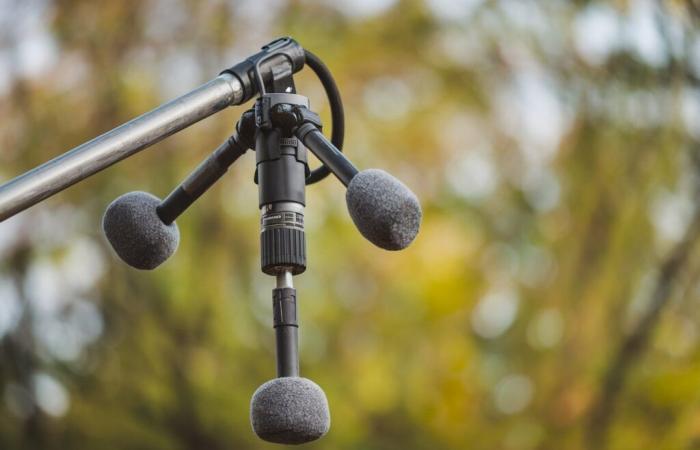In 2025, France will take a step forward in the fight against noise pollution with the arrival of anti-noise radars. These devices, tested since 2021 in several large cities, such as Paris, Lyon and Nice, have demonstrated their effectiveness in measuring and identifying vehicles that are too noisy. A major step forward to improve the quality of life of local residents exposed to high noise levels.
Cutting-edge technology for precise results
These acoustic radars rely on sophisticated sensors capable of recording and isolating the noise emitted by each vehicle. By analyzing sound data in real time, they detect noise peaks exceeding authorized limits, set between 85 and 90 decibels. The tests carried out made it possible to validate the precision of these radars, even in noisy urban environments.
This technology works thanks to a system of microsensors placed strategically along the roads. When a vehicle exceeds the tolerated noise threshold, its identification is instantaneous, and a fine can be automatically issued. The tests carried out in Geneva have reinforced confidence in this system, qualifying it as a “formidable tool” for reducing nuisance.
Immediate sanctions to deter noisy behavior
The regulations provide for a fixed fine of 135 euros for drivers whose vehicles exceed the noise limit. This amount can be reduced to 90 euros in the event of rapid payment. While the majority of standard cars, emitting around 80 decibels, will not be affected, modified or naturally noisy vehicles, such as motorcycles and certain sports cars, will be particularly monitored.
This measure also aims to counter practices such as modifying exhaust pipes, common among some speed or thrill seekers. These behaviors, often considered irresponsible, generate disproportionate noise, directly affecting the quality of life of residents close to major roads.
A response to public health issues
Noise pollution has become a major public health issue, particularly in dense urban areas. According to several studies, excessive noise can lead to sleep problems, stress, and even heart problems in the long term. The deployment of these radars is part of a desire to reduce these impacts and promote a calmer environment for local residents.
Beyond the punitive aspect, this measure is intended to be educational. By making drivers aware of the consequences of their noise behavior, the authorities hope to establish more respectful habits on the roads.
A system that is part of a global strategy
Anti-noise radars complete a series of devices already deployed to reinforce safety and compliance with road regulations. Like speed cameras and red light cameras, they reflect a desire by public authorities to broaden the scope of control. These tools could also be integrated into broader projects, such as low-emission zones (ZFE), where the fight against nuisance takes a central place.
With their arrival in 2025, these radars will mark a new stage in the management of noise pollution in France. Although the majority of road users will not be directly affected, this initiative will help improve the living environment in the areas most affected by this scourge. A measure which nevertheless raises questions about driver awareness and the potential abuses linked to the automation of sanctions.






